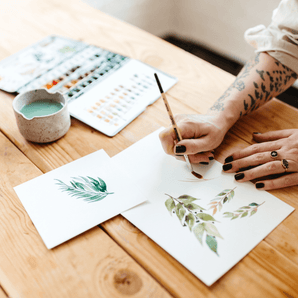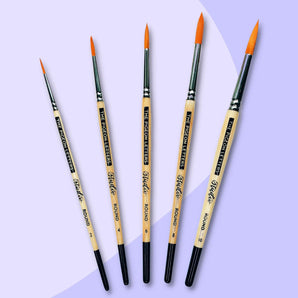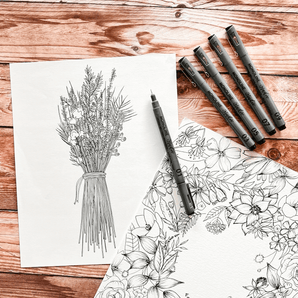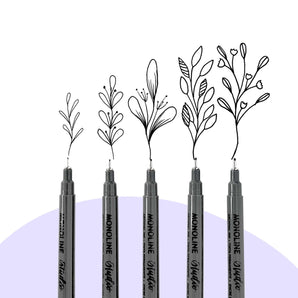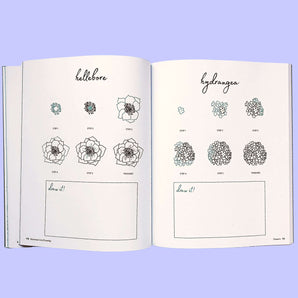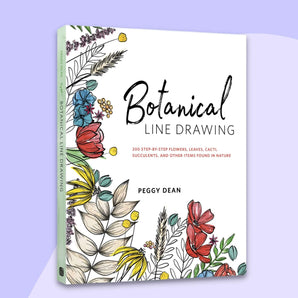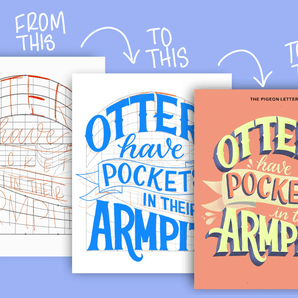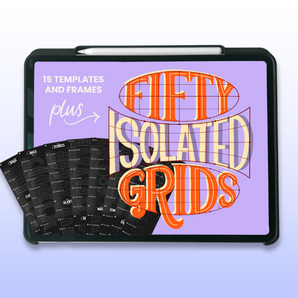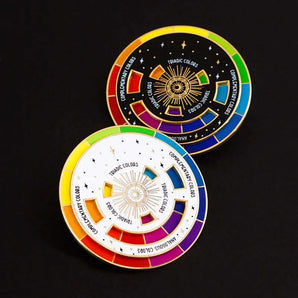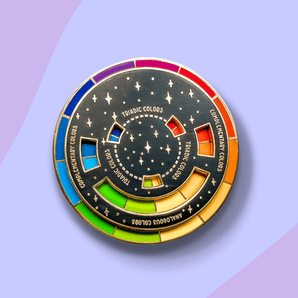Nothing hurts the credibility of your video content like bad lighting. If you plan to have video content in your online course, you will need to ensure a good lighting setup. The good news is that you don't have to go and spend hundreds of dollars on professional lighting to make a high-quality video. Below are some of my favorite lighting hacks for video creation.
Quick Lighting Tips for Online Courses
1. Avoid Distracting Backlight
When shooting, make sure to avoid any light coming from behind your subject, unless it’s counter-balanced from the front. However, if you’re not a pro and can’t set that up correctly, most cameras have auto exposure and will automatically adjust to the light coming from behind, so it won’t produce the quality that you want. Unbalanced backlighting causes your video to become underexposed and the focus to shift from you to the background. Before you begin filming, make sure all light is coming from the front or sides, never from behind.
2. Don't Mix Lighting Temperatures
When you start playing around with lighting hacks, you will inevitably need to use some lamps or other lighting fixtures that you own.
Most lighting fixtures come with lightbulbs that emit warm light. The go-to lightbulb gives off a yellow hue. If you add them to your lighting setup when you are using natural light, they throw off your camera's white balance. To avoid this, make sure all lighting has the same temperature. Daylight bulbs ~5000k should be paired with natural light, as both tend to be cooler in color. In general, the rule of thumb is that you should avoid any warmer light, as it tends to look less professional.
While setting up your lighting, you may also encounter content that needs editing or conversion. For instance, if you have a video in MKV format that you want to insert into your course but your editing software only accepts WAV format, you may want to look into a video converter like VEED to bridge the gap.
3. Video Lighting Hacks
Natural Light
The easiest lighting hack for video creation is to use natural light. It's completely free and always looks good when done correctly. When using natural light, you want to make sure you are in the light but not too washed out or over-exposed.
To do this, find a window that has indirect sunlight and place yourself or your subject directly in the light. If it still comes across too harsh, you can use a sheer curtain to soften and diffuse the harsh light coming through your window.

Fill Light
For a more traditional lighting setup, you can use what is called fill lighting. For this method, have your window on one side of yourself or your subject. On the other side, use an LED light on a tripod, OR a lamp with a daylight bulb (these bulbs are best as they don't come across as yellow as typical bulbs). For even more professional-looking lighting, use a large piece of white card stock (found at the dollar store) and place it across from the window to bounce light back onto your face.
Ring Light
Ring lights have become increasingly popular in the last few years, which has made them much more accessible. You can find them just about anywhere, and they are generally pretty affordable. You can get a ring light that mounts on your camera or one that sits on a tripod.
To get the best results, make sure your camera is either slightly in front of the ring light or directly in line with it. Ensure your shot's focal point is directly in the center of the ring light for optimal lighting. Play around with distance depending on your desired brightness.
Pancake Light
Even better than the ring light is the pancake light! Find it here.
Getting the best lighting for your video content may require some trial and error. Once you find a method that works well for you, it'll be much easier to create all of your well-lit video content. Make sure to keep the lighting tips in mind when you start testing out lighting setups.
For more tips, make sure to join our private Facebook Group on course creation!









